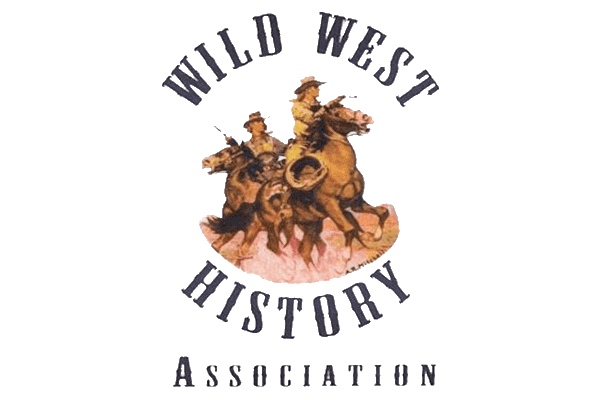Join The US Army Cavalry and Ride a Camel?…or Join The Wild West History Association and Learn About Western History. Real People – Real Places – Real History.
In 1856, a shipload of camels arrived at the Texas port of Indianola to test their possibilities as a pack animal for the U.S. Army. In May 1855, Major H. C. Wayne sailed down the North African coast, and after spending $12,000 for desirable beasts, he returned to the U.S. with thirty-three camels, eventually quartered at Camp Verde, Texas. Several successful experiments were made to test the camels’ utility as pack animals. Wayne reported that camels rose and walked with as much as 600 pounds without difficulty, traveled miles without water, and ate almost any kind of plant. One camel trek was made to the then-unexplored Big Bend region. The failure of the camel in the United States was not due to its capability; every test showed it to be a superior transport animal. It was instead the nature of the beasts which led to their demise-they smelled horrible, frightened horses, and were detested by handlers accustomed to the more docile mules. Escaped camels roamed the desert for years and got into the folklore of the region. The camels soon were widely scattered: some were turned out on the open range near Camp Verde; some were used to pack cotton bales to Brownsville; and one found its way to the infantry command of Capt. Sterling Price, who used it throughout the war to carry the whole company’s baggage. During the Civil War eighty camels and two Egyptian drivers passed into Confederate hands via Bethel Cooper, Confederate spy and Texas lawyer.” TSHA To read the full story of camels in Texas, please visit: https://www.tshaonline.org/handbook/entries/camels Music: Corb Lund
VIDEOS
CHECK BACK OFTEN – NEW VIDEOS ARE RELEASED ON THE 1ST AND 15TH OF EACH MONTH
After clicking the play button, you can select the 
